Aluminum Sheet Cutting: Choosing the Best Cutting Tool
Updated : Jan. 9, 2024Aluminum sheet cutting is a critical metalworking process applicable across various industrial and manufacturing domains. Cutting aluminum involves a range of techniques and tool selections, including laser cutting, plasma cutting, and waterjet cutting methods.
Irrespective of the technique or tool used, proper aluminum sheet cutting necessitates accurate measurements, securing the workpiece, suitable cutting tools, and necessary safety equipment to ensure safe and efficient operations.
Manual tools
Cost: $20 - $100 USD
Flexibility: Low
Speed: Very slow
Precision: Very low
Finish: Poor
Automation: None
Metal shears
Metal shears are scissor-like tools used for straight-line cutting of thin aluminum sheets, widely employed in aluminum cutting processes.
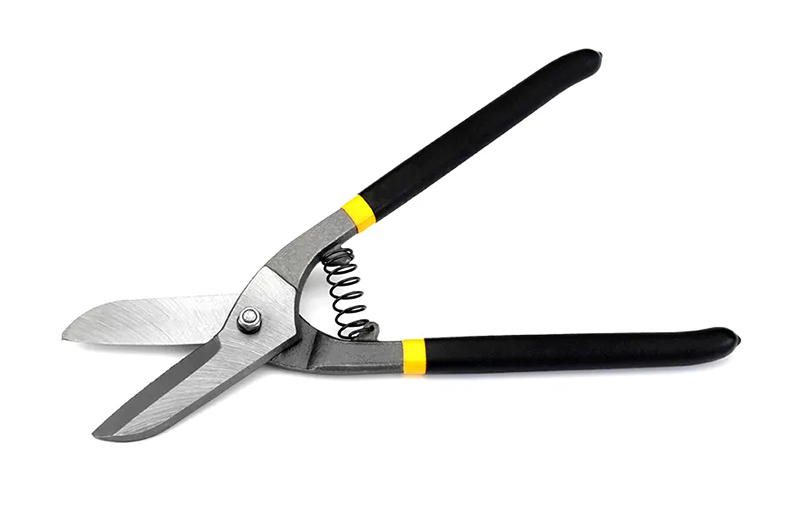
Advantages of metal shears:
- Suitable for small-scale aluminum processing projects.
- Portable and does not require electricity.
- Does not induce thermal stress on aluminum.
- Capable of handling challenging cutting tasks.
Limitations of metal shears:
- Only suitable for thin aluminum sheets.
- May have limited effectiveness when dealing with thicker or complex-shaped aluminum sheets.
Benchtop shears
Benchtop shears are suitable for relatively thicker aluminum sheets but are generally confined to straight-line cutting.
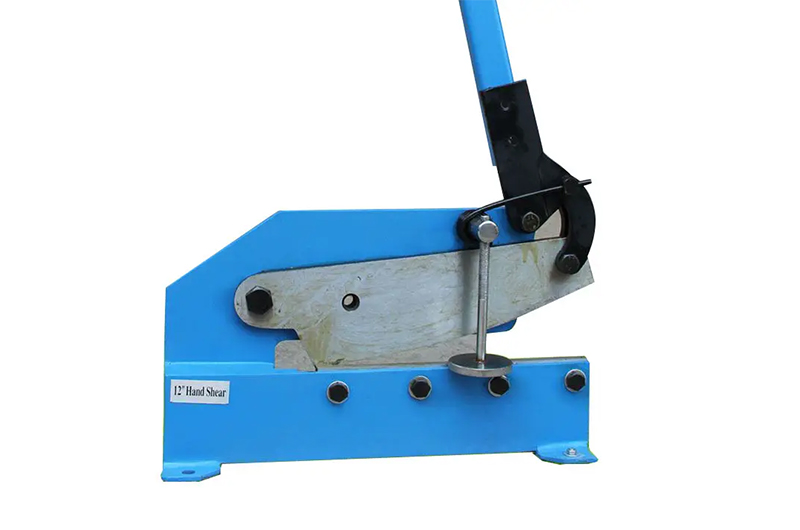
Advantages of benchtop shears:
- Suitable for relatively thicker aluminum sheets.
- Sturdy and durable structure, suitable for customization or repair work.
Limitations of Benchtop Shears:
Usually limited to straight-line cutting and may not be suitable for intricate shapes and designs.
Tin snips
Tin snips are cutting tools used for quickly trimming small, time-sensitive aluminum projects.
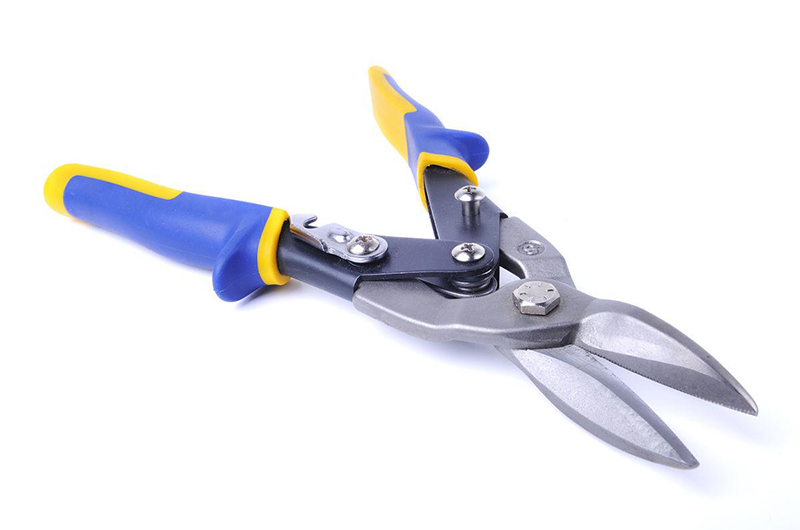
Advantages of tin snips:
- Suitable for small, time-sensitive projects.
- No heat cutting, portable, and multifunctional.
Limitations of tin snips:
Limited in scope and not practical for larger or thicker aluminum sheets.
Hacksaws
Hacksaws are suitable for cutting smaller aluminum blocks, pipes, and rods.
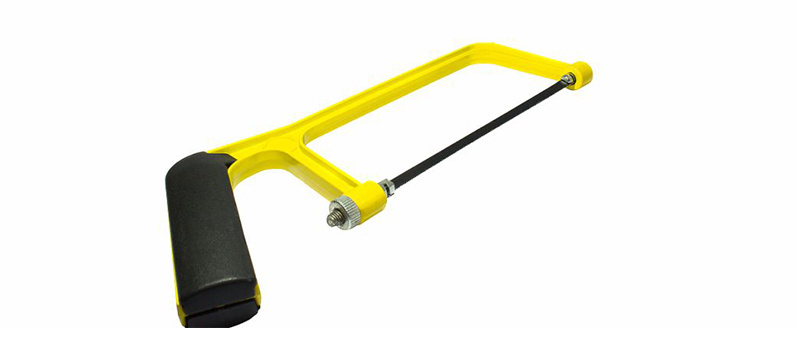
Advantages of a hacksaw:
- Suitable for smaller aluminum blocks.
- Blade replacement options to meet different requirements.
Limitations of a hacksaw:
May be less efficient when dealing with larger sheets of aluminum.
Beverly throatless shears
Beverly throatless shears are widely used shears that are particularly suitable for small sheet metal workshops.
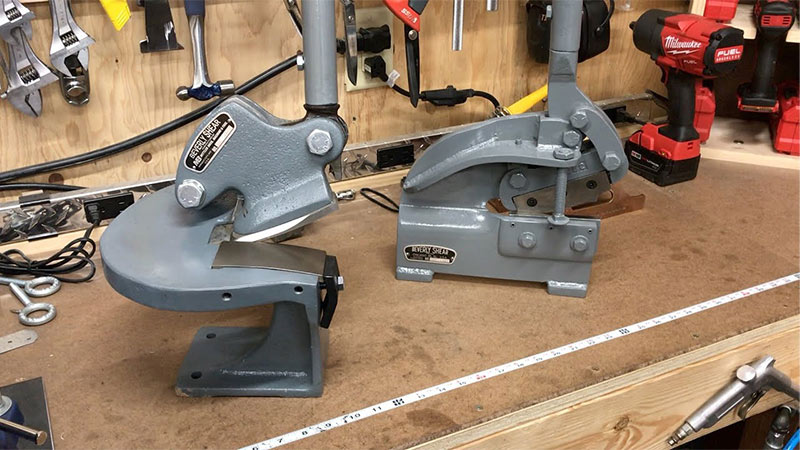
Advantages of beverly throatless shears:
- High versatility, suitable for small sheet metal workshops.
- Ability to produce neat rounded corners, reducing subsequent cleaning work.
- Available in various sizes to meet different size and power requirements.
Limitations of beverly throatless shears:
Primarily tailored for specific sizes and types of cuts, may not be suitable for larger or irregularly shaped aluminum sheets.
Electric tools
Cost: $75-$300 USD
Flexibility: Moderate
Speed: Moderate
Precision: Low
Finish: Average
Automation: None
Electric Jigsaw
An electric jigsaw is a handheld tool that offers various aluminum cutting effects. Choosing the right tool and blade allows for easy cutting of thick sheets and other materials, but an incorrect choice may result in damage to both the workpiece and the tool.
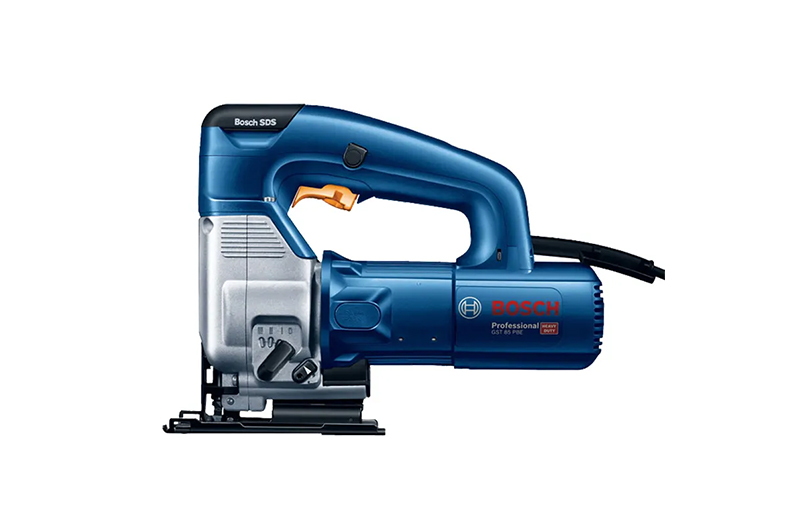
Advantages of an electric jigsaw:
- Offers various aluminum cutting effects.
- Easily cuts through thick sheets and other materials.
Limitations of an electric jigsaw:
Using the wrong saw and blade can potentially damage both the workpiece and the tool.
Power shears
Handheld miniature power shears are highly efficient when cutting aluminum sheets, offering good operability. Compared to angle grinders, they generate less heat, reducing concerns about metal melting. However, they may produce noise and cause vibration in the sheet metal, potentially resulting in undesired edge quality.
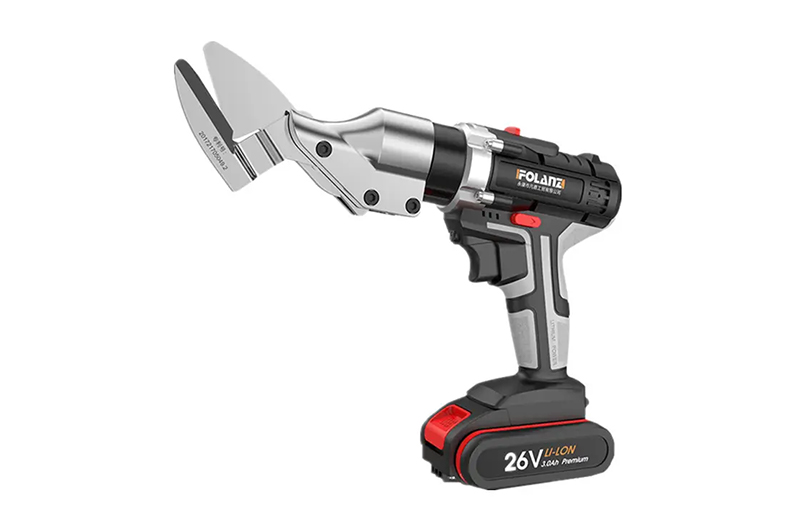
Advantages of power shears:
- High efficiency, particularly in cutting aluminum sheets.
- Generate less heat, reducing worries about metal melting.
Limitations of power shears:
- May produce noise and cause vibration in the sheet metal.
- Might not provide the desired edge quality.
Angle Grinder
Cutting aluminum with an angle grinder may pose challenges due to aluminum's propensity to absorb heat and its lower melting point. The metal around the blade can melt and solidify, leading to potentially hazardous adhesion. When cutting aluminum, the emphasis should be on removing metal rather than grinding it away.
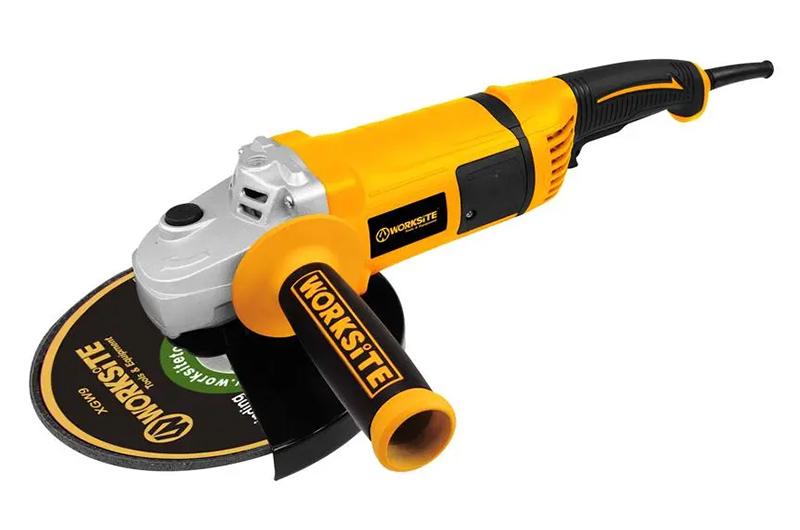
Advantages of angle grinder:
Equipped with cutting capabilities, suitable for some lightweight applications.
Limitations of angle grinder:
- Aluminum tends to absorb heat, potentially causing metal melting and adhesion.
- Special care is required to avoid grinding away metal instead of removing it.
Punch and shear machine
Portable punch and shear machines share similar advantages and drawbacks with their tabletop counterparts, exhibiting good performance in handling the softness of aluminum, suitable for most lightweight applications.
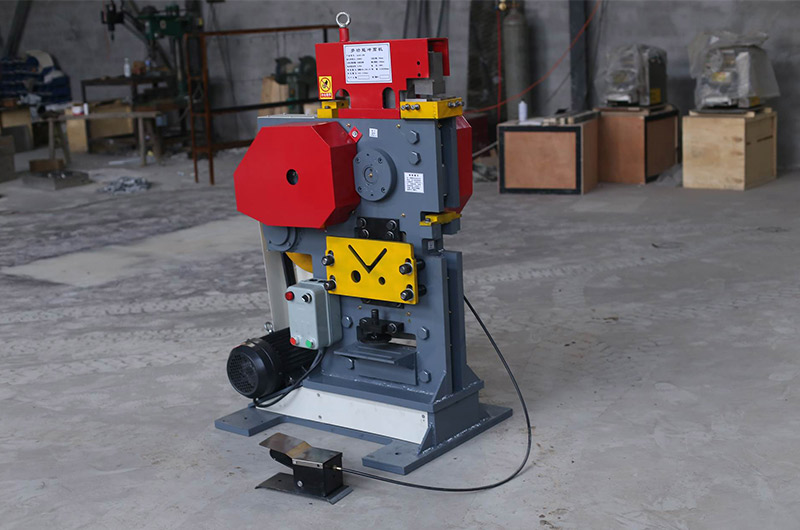
Advantages of punch and shear machine:
Suitable for most lightweight applications, good in handling the softness of aluminum.
Limitations of punch and shear machine:
Portable punch and shear machines might have similar restrictions to tabletop models, with specific performance varying depending on the situation.
Workbench tools
Cost: $100 - $1000 USD
Flexibility: Medium to Low
Speed: Slow
Precision: Low
Finish: Moderate
Automation: Low
Band saw
Band saws typically utilize hard alloy blades or standard steel blades to cut thicker aluminum materials. When handling heavier sheets, it's necessary to move relatively slowly, and using a coolant or lubricant helps reduce aluminum's heat absorption.
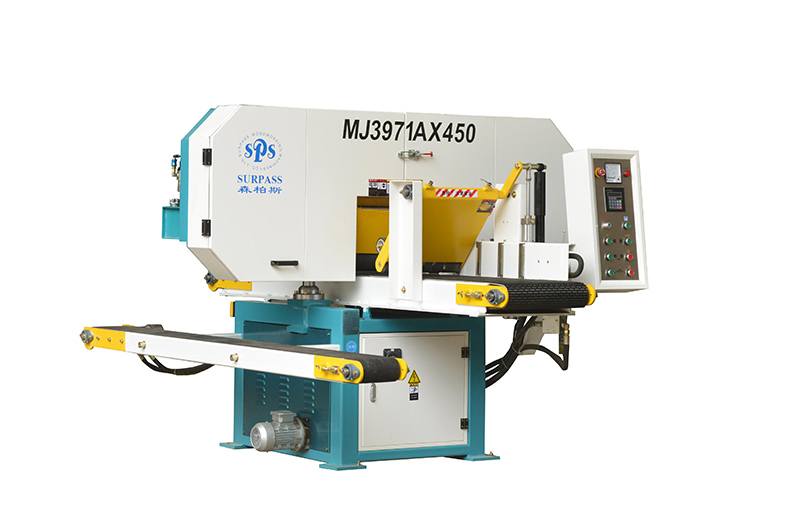
Advantages of band saw:
- Suitable for thick aluminum and some heavy instruments.
- Ideal for cutting thicker aluminum materials.
Limitations of band saw
- Requires relatively slow movement.
- Needs specific techniques to reduce aluminum's heat absorption during usage.
Circular saw
Circular saws are easy to use and are particularly suitable for making straight cuts on thin aluminum sheets. They are fast and provide clean cuts.
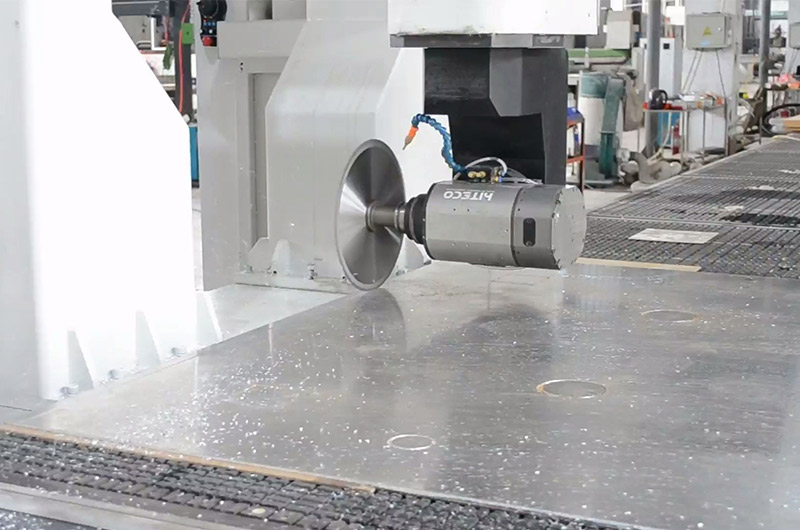
Advantages of circular saw:
Easy to operate and fast.
Excellent for making straight cuts on thin aluminum sheets.
Limitations of circular saw:
- Not suitable for cutting thick sheets.
- Requires more safety precautions during usage.
Jigsaw
A jigsaw can be used to cut aluminum sheets with tighter and more intricate curves. A scroll saw has a longer stroke length and higher power, allowing for faster cutting, while a jigsaw is suitable for smaller curves.
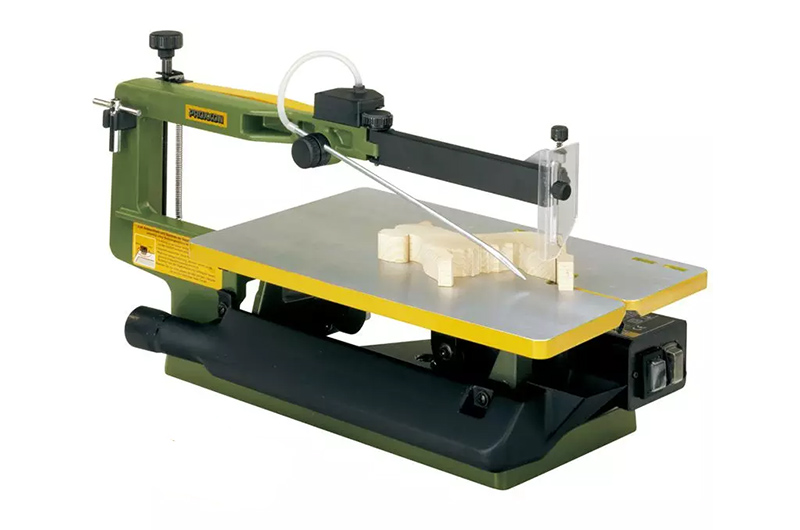
Advantages of jigsaw:
- Ability to cut tighter curves.
- Scroll saws offer faster cutting, while jigsaws are suitable for smaller turns.
Limitations of jigsaw:
- Not effective for thicker sheets.
- Requires appropriate selection of metal blades during usage.
Industrial cutting tools
Cost: $100 - $1000 USD
Flexibility: Very high
Speed: Very high
Accuracy: High to medium
Quality of Finish: Excellent
Automation: High to medium
Laser cutting
Laser cutting is suitable for light to medium-grade aluminum materials. The laser requires high power to heat the aluminum and utilizes gas to blow away melted metal.
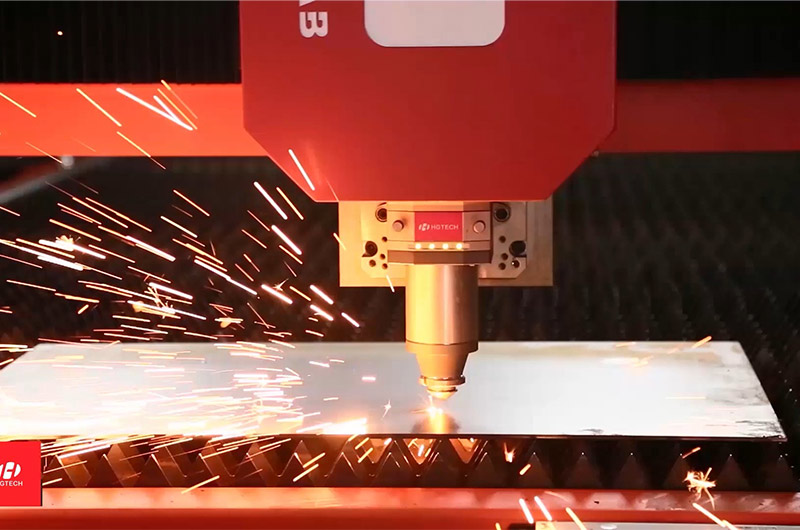
Advantages of laser cutting:
- High efficiency and rapid processing without causing deformation or burrs.
- High-precision cutting supporting intricate patterns.
Limitations of laser cutting:
- Requires secondary processing for a smooth surface and edges.
- Initial high costs and additional energy expenses are needed.
Plasma Cutting
Plasma cutting employs super-high-temperature ionized gas flow to melt aluminum materials, forming cuts by expelling the molten material.
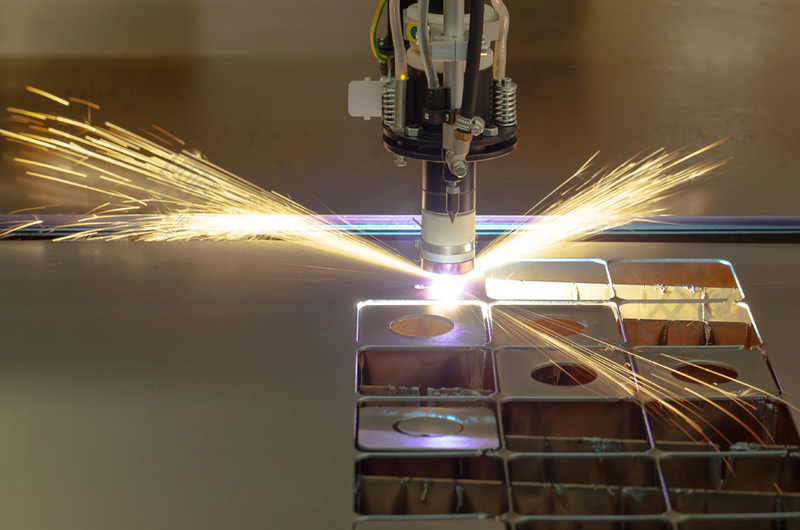
Advantages of plasma cutting:
- Easy cutting, suitable for thinner aluminum materials.
- Convenient use of air as cutting gas.
Limitations of plasma cutting:
- Difficulty cutting thicker aluminum materials.
- Generates heat and slag during the cutting process.
Waterjet cutting
Waterjet cutting employs high-pressure water mixed with abrasive material, rapidly flowing through metal sheets to precisely erode metal and create cuts.
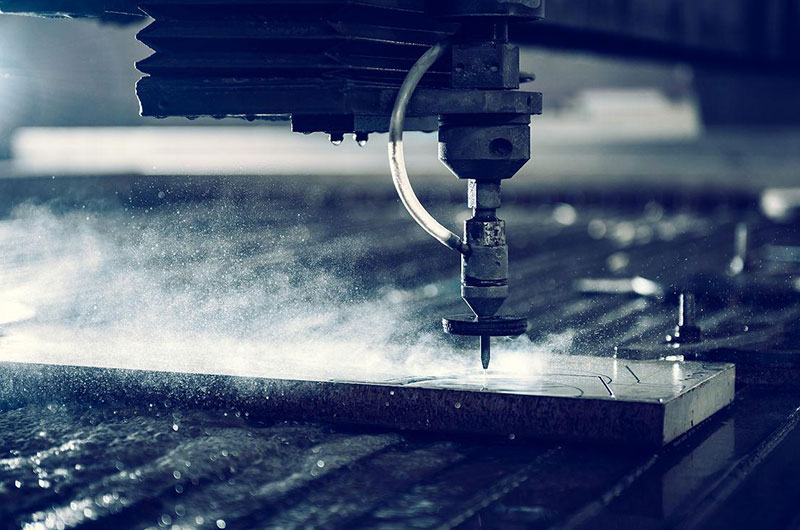
Advantages of waterjet cutting:
- Precision cutting, environmentally friendly with no heat damage.
- High-quality cuts without the need for additional surface treatment.
- Expensive and time-consuming.
- Limited range of cutting thickness.
Other tools
Cost: $10,000 - $500,000
Flexibility: Moderate to High
Speed: Moderate to High
Accuracy: High
Finish: Excellent
Automation: High
Computer Numerical Control (CNC) Lathe
A CNC lathe is a tool used to cut aluminum metal sheets or bars into smaller, more manageable pieces. During the turning process, material is removed by moving cutting tools linearly, suitable for shaping thick aluminum parts into finished components and producing large batches of identical parts.
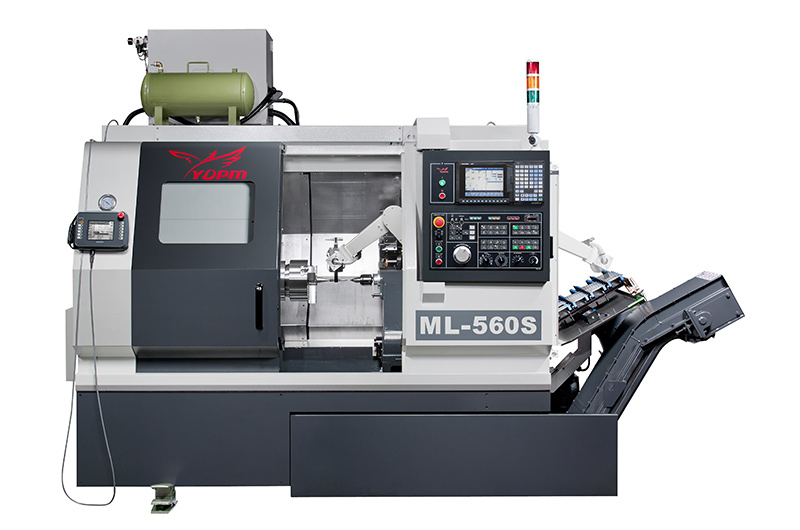
Advantages of CNC lathe:
- Offers high-precision turning of aluminum materials, suitable for intricate tasks.
- Applicable for producing large batches of identical parts.
Limitations of CNC lathe:
- Requires specialized operation and programming skills.
- Initial investment and maintenance costs are relatively high.
Computer numerical control (CNC) milling machine
A CNC milling machine is capable of cutting hard materials such as aluminum. By selecting appropriate spindle heads and feed rates, it can easily achieve aluminum sheet cutting. It uses a mill to remove material and carve it into the desired shape, featuring rotating cutting tools and a movable worktable.
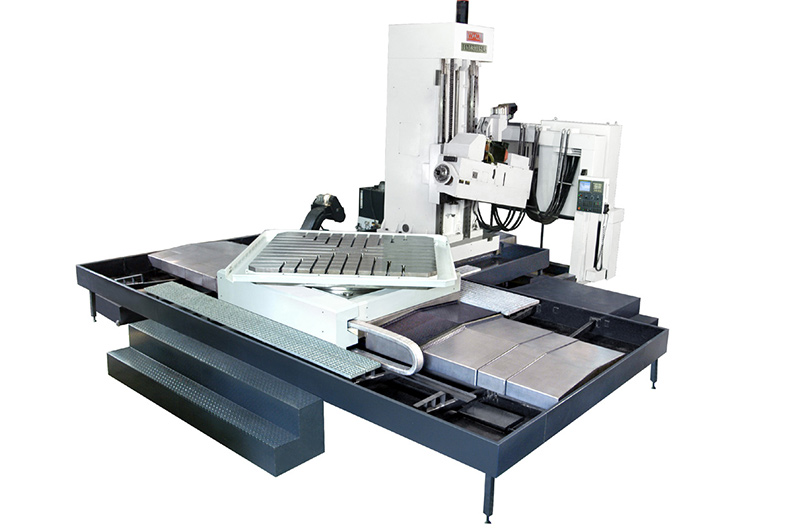
Advantages of CNC milling machine:
- Able to cut various hard materials, including aluminum.
- Efficient in aluminum sheet cutting, ensuring high productivity.
Limitations of CNC milling machine:
- Suitable for specific thicknesses of aluminum materials.
- Requires specialized tools and appropriate speeds.
Punch Press
A punch press utilizes specialized tools to create various shapes on metal sheets, allowing for punching, rolling, and shaping during the cutting process. It is suitable for creating diverse shapes such as louvers, indentations, beads, and impressions.
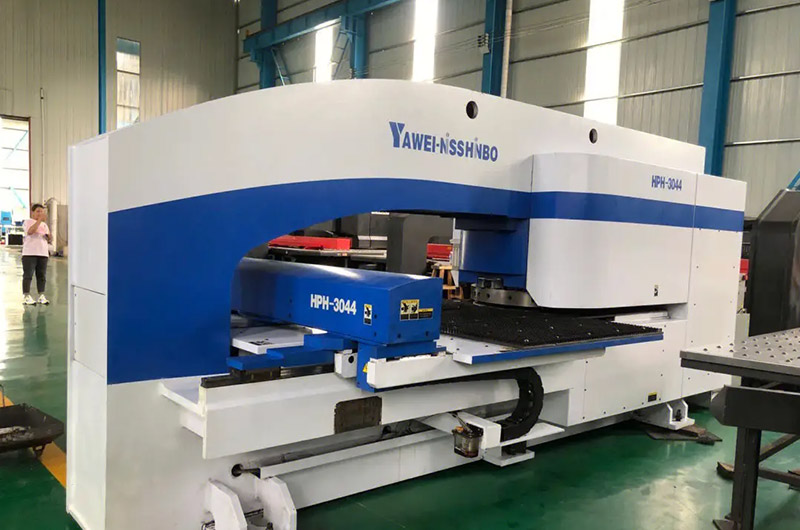
Advantages of punch press:
- Capable of cutting and shaping various forms.
- Lower initial costs compared to lasers.
Limitations of punch press:
- High maintenance costs, requiring regular tool maintenance and replacements.
- Cutting speeds might not match other tools like lasers.
Aluminum sheet cutting steps
1. Measurement and marking
Use a measuring tape to measure and mark the length and width of the aluminum sheet. Use a straightedge or ruler to draw clear lines at the cutting positions.
2. Secure the sheet
Secure the aluminum sheet with clamps or a bench vise to ensure stability during cutting, ensuring safety and accuracy throughout the process.
3. Wear protective gear
Before cutting, wear safety goggles and gloves to protect yourself from flying debris and sharp edges.
4. Select cutting tool
Choose an appropriate cutting tool based on the project's requirements, such as a jigsaw for curved cuts or a circular saw equipped with metal-cutting blades.
5. Commence cutting
Start cutting along the marked lines using slow and steady movements to prevent the sheet from bending or warping. Keep hands away from the blade and ensure the tool is running before it touches the sheet.
6. Complete the cut
Upon finishing the cut, switch off the cutting tool and allow the blade to come to a complete stop before removing the cut aluminum sheet. Smooth any rough edges using a metal file or sandpaper.
Aluminum sheet cutting techniques
Use lubricants
Choose lubricants or coolants suitable for cutting aluminum to reduce friction and prolong the lifespan of cutting tools.
Secure workpieces
Clamp aluminum workpieces securely to enhance stability, improve cutting precision, reduce sudden movements, and enhance safety.
Choose the right tools and settings
Employ blades specifically designed for cutting aluminum. Pay attention to blade size, cutting path, and thickness settings to achieve clean and accurate cuts.
Wear protective gear
Cutting aluminum produces toxic dust. Wear appropriate protective gear such as safety goggles, gloves, and work attire to ensure safety.
Use lubrication
Metal-cutting lubricants aid in chip removal, reducing vibration and irregularities. Common lubricants include metal wax and WD-40.
Opt for proper blade diameter
Smaller diameter blades deliver cleaner and more precise cuts, but avoid extremely thin blades as they can break. Blade size should suit the thickness of the aluminum sheet.
Utilize necessary hand tools
Tools like chisels, angle grinders, carbide-tipped blades, and shears can enhance cutting quality when used appropriately.
Safety measures
Avoid high-speed settings to prevent material deformation, maintain sharp cutting tools to prevent snagging or tearing, and always prioritize safety during operations.
Summary
Aluminum sheet cutting is a crucial step in the manufacturing industry and can be accomplished using various efficient processes and tools. Depending on factors such as the required precision, cost, and material thickness for your project, different cutting methods like laser, plasma, or waterjet can be chosen.
Additionally, you can directly purchase precision-milled panels with surface treatment from Chalco. This not only reduces subsequent processing costs and procedures but also ensures high-quality and precision in your products, ultimately minimizing your overall costs.




